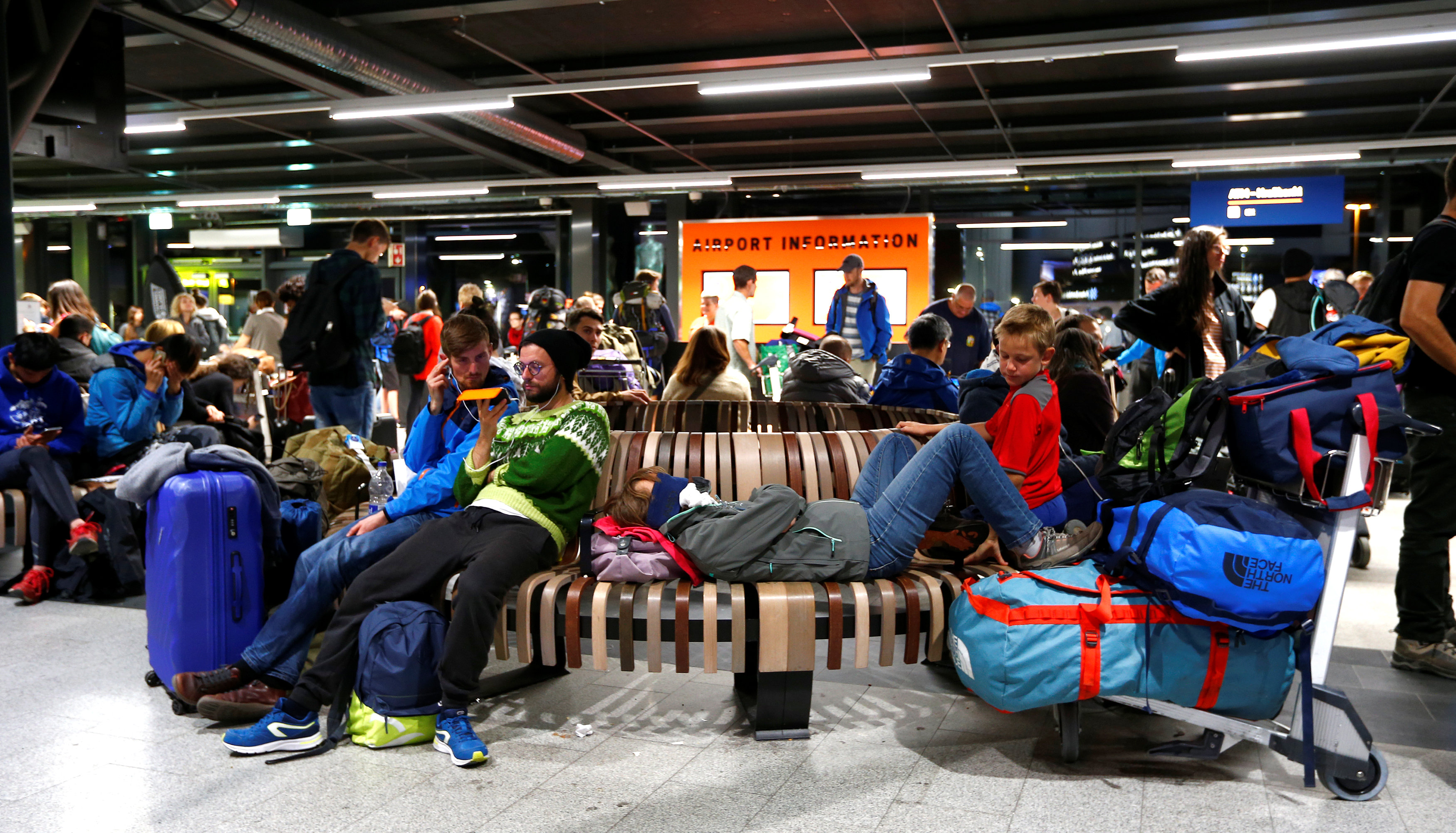Arctic tourism hotspots risk meltdown
Without proper management, the success of Arctic tourism can be the source of its own demise.

More than most areas, the Arctic sells itself on being empty and difficult to reach. This has served it well for the most part, if not universally: Tourism growth has been consistent for at least a decade. Those who follow the industry expect it will continue.
For now, the number of people visiting the region remains comparatively small. The most popular destinations — Iceland, Alaska, and the northern reaches of the Nordic countries — each see about 2 million guests annually. The Eiffel Tower, by comparison, is visited by 7 million people each year. But all of the jurisdictions in the region would like to increase their visitor numbers and most have formulated a plan for how to do so.
Finnish Lapland is one example of how tourism growth and destination development are chasing each other. Between 2011 and 2017, the number of foreign guests rose 60 percent. This winter, hotel rooms and other forms of accommodation were hard to come by.
To keep up with passenger demand, Finavia, which operates the country’s airports, will spend €55 million ($64 million) to expand Lapland’s three main airports. By the end of next year, capacity will be 2 million passengers annually, up from the 1.3 million they handled in 2017.
[Polar bear shot dead after attack on Svalbard]
Some of that extra space is already spoken for. On August 10, easyJet, a European discount airline, announced it would begin offering twice-weekly service from London to Rovaniemi, the largest city in Finnish Lapland, this winter. The airline expects 13,000 passengers during its first year. Once the airport expansion is completed, it will be able to transport more.
Of course, it stands to reason that if you make it easier to get to a destination — and to do it on the cheap — then more people will probably come, reckons Edward Huijbens, of the University of Akureyri, Iceland. “But if that is your strategy,” he says, “you need to know what you are going to do about your growth. If you sell yourself as a remote destination, then the worst thing that can happen is if your visitors see other people.”
Concerns about “overtourism” of this sort are not unique to the Arctic. This is in part due to the industry’s impressive growth. In recent decades, it has outpaced annual global GDP growth by a percentage point. In 2017, it accounted for a tenth of world economic activity.
Other statistics speak to the industry’s potential. By 2025, for example, the growth in the number of Chinese tourists alone is expected to mean an extra $400 million spent on tourism globally each year. Moreover, is an activity that all ages engage in. And unlike in other industries, older people, a fast growing demographic, are a coveted market. The have savings to spend and plenty of time to do it.
[For Northern destinations, spring is a season of discontent]
But while the economic potential of that sort of growth is obvious, the social effect may be less so, according to Niklas Labba, the academic director of the Centre for Sámi Studies, at the University of Tromsø, Norway, even thought it may be just as large.
“Tourism has become a way of life in Sápmi,” he says. “Most reindeer herders have begun earning at least some their income from tourism. And even if you don’t, it is likely you need to deal with tourist groups disturbing your herd.”
Tourism, in and of itself, is not a problem, he maintains. There are examples of tourism activities that are on a decent footing with Norway’s Sámi, but, he says, they have all put in the effort to make sure that the communities do not feel the industry is a nuisance.
Other indigenous groups, such as the Inuit in Nunavut, have similar concerns, but are, on balance, more bullish, since they see tourism as one of the few ways they have to monetize their culture and their territory. The differing views, suggests Pat Maher, who heads the University of the Arctic’s Northern tourism group, stem from the fact that Nunavut receives far fewer visitors annually than Sápmi. As a result, the Inuit are less likely to see visitors as a distraction.
“People’s enthusiasm for tourism falls sharply,” he says. “You tolerate it when it isn’t up in your face, but if it reaches a level where you feel you can’t get away from it, then it becomes a headache for residents and, ultimately, something policy makers need to address.”
[Tourism growth in some parts of the North is outpacing the global average]
His suggestion for communities considering what role tourism should play for their economies: Treat the industry as seriously as they would extractive industries like mining or oil.
“Tourism is a low-hanging fruit, but it is a consumptive industry in the same way that oil is, and it can have just as big an impact on communities,” he says.
He, too, believes that tourism has a role to play in Northern economies, but for destinations and travelers alike, the best approach, he feels, is to keep it low key.
“When people go someplace, they expect to see certain things. In the North, polar bears and caribou are on their lists. Crowds,” he says, “are not.”